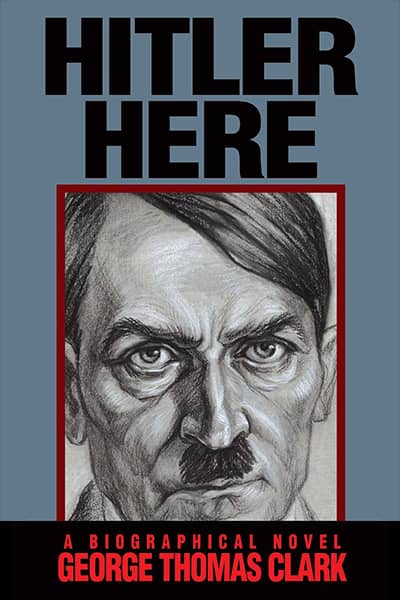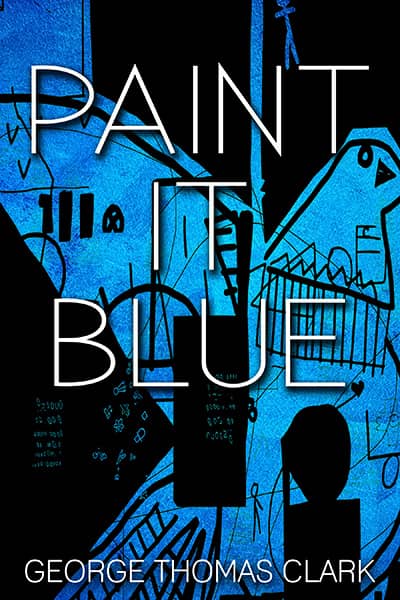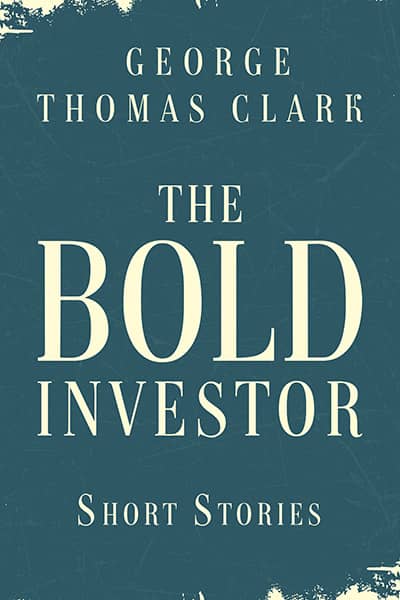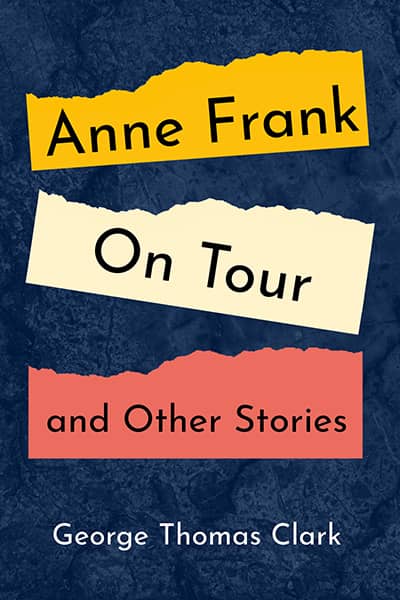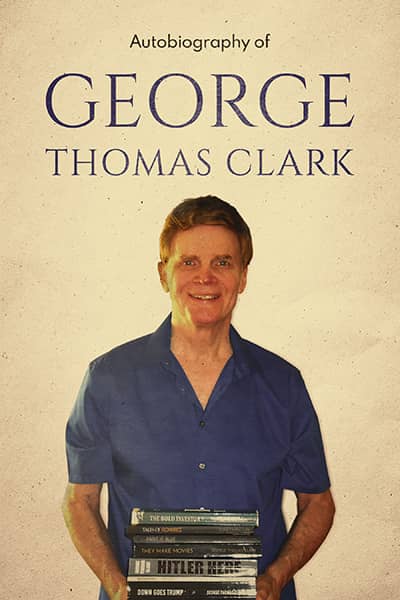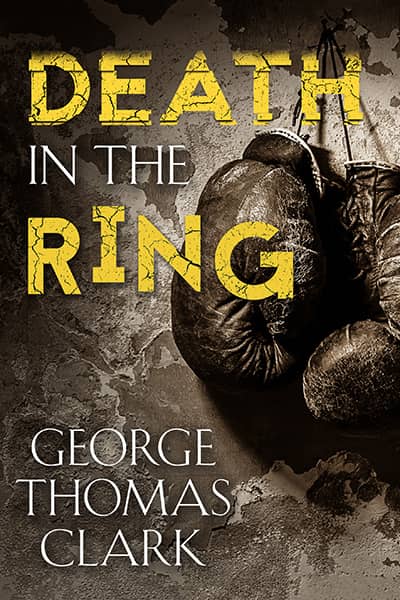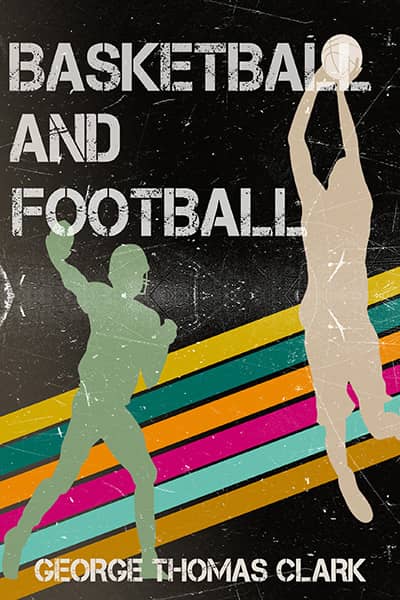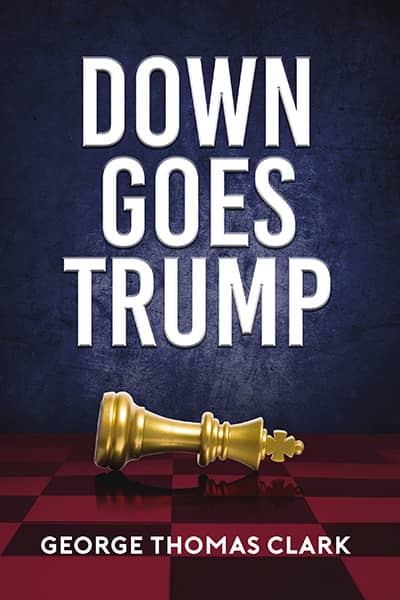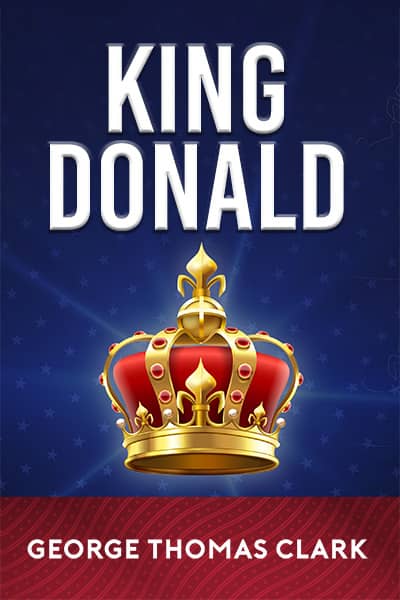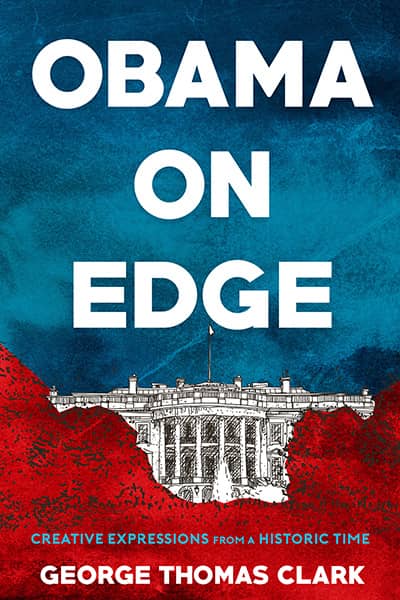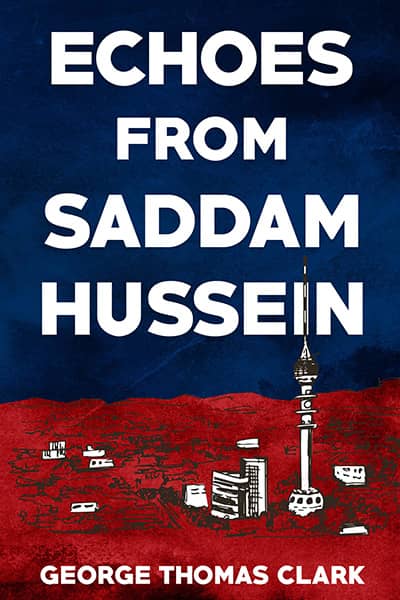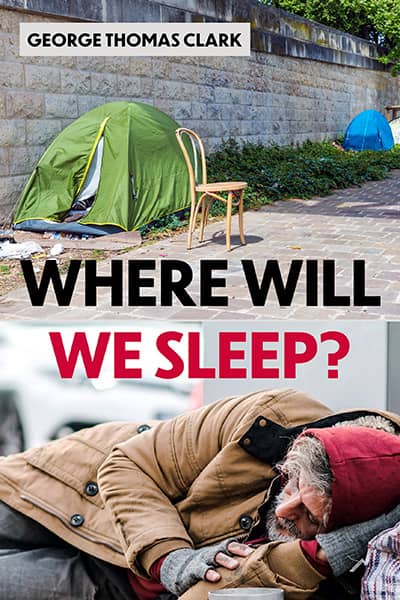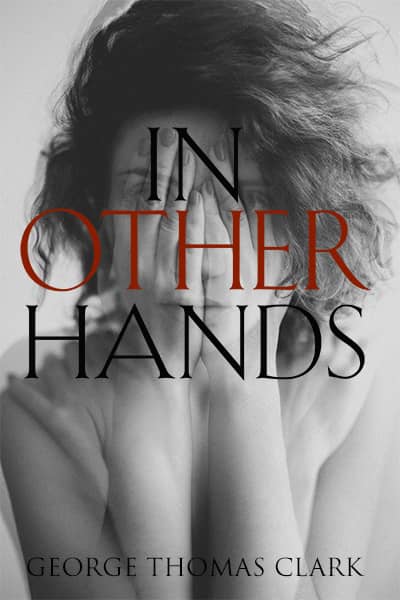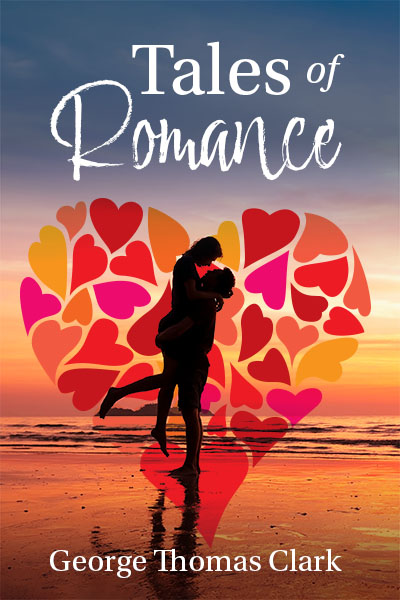Rescued by George Gershwin
May 10, 2011
In a Bakersfield month I lose twenty pounds eliminating milk and cottage cheese and meat and an avalanche of pies, cakes, cookies and other heart-clogging, prostate-bashing carcinogens, and switching to soy milk and fresh vegetables and fruits, and marvel that I don’t feel starved but worry I still haven’t abandoned the comfort and control of my kitchen and tried to sustain the regimen on the road. Oh, I’ll be okay, I assume. I know Pasadena pretty well. I can operate there.
Regrettably, I first try to find some obscure art galleries in cloudy Eagle Rock but usually encounter only abandoned buildings with paint-peeled walls and locked doors often framed by musty blankets or curtains behind barred windows. At one gloomy gallery a young woman opens the door about a foot and steps half way out, keeping the door tight to her right shoulder, and says this place is now just a studio, and unlike most artists she doesn’t invite me in.
“Is this a high crime area?” I ask.
“Oh, no,” she says.
Despite much stress-inducing driving and map reading and U-turning, I find one grimy gallery still, evidently, in business, but it’s closed during advertised open hours and only three small paintings are hanging, across the street from which a printed pharmacy sign advertises “potencia sexual.”
I hope to maintain some of that so must eat right. Okay, specifically, how do I on the road? I’ve already overdosed on apples and bananas and bread without butter, and am uninterested in mounds of those still in the plastic bag but can’t just jet into the nearest fast-food-saturated-fat factory. I can’t even go to a restaurant. I guess I could, if I order right, but I’m not thinking well. My protein must be crashing. That’s it. I’ll escape forlorn Eagle Rock, as Barack Obama did thirty years ago when he left Occidental to matriculate at Columbia, and visit a supermarket in upscale Pasadena. But, despite scores of overnight trips to this cultural oasis, I realize entering town that I’ve never been to a market here. Why would I in a place with so many fine restaurants in Old Town and the whole town as well as greasy spoons along the celebrated route of the Rose Bowl Parade, Colorado Boulevard? I remember where one is, though, and drive there to see a building that doesn’t sell food anymore and perhaps never did.
I turn left a couple of times and onto a big street running parallel to Colorado and soon see one of Southern California’s most respected markets. It’s big and pretty and I can’t guarantee it doesn’t have soy milk but am unable to find it so hungrily seize, for the first time, equally-touted almond milk and ignore what I see on the label: a meager one gram of protein – compared to six in soy milk – and a load of sugar. I forget I’m supposed to be focusing on produce with power and instead buy only carrots and cabbage and, due to abject inexperience, can’t think of anything else before hurrying to the checkout line.
In my hotel room I self-pityingly liken myself to a starving member of the Donner Party. I’m weak and disoriented and can only groan I’ve got to have fuel. With culinary maladroitness I stuff fingers into the cabbage and carrots and shove them onto a plain slice of bread then put another piece on top and chomp away on a bland and energy-challenged sandwich that’s not enhanced by gruesomely-sweet almond milk. I still can’t figure out how to do it on the road. While considering this I pick up the local newspaper and read George Gershwin will appear in an autobiographical play that night at the Pasadena Playhouse. Surely they’re already sold out, I assume. And I’m too tired and dispirited to call much less go.
I convince myself to at least lift the phone, and learn they have good seats left for only sixty-five bucks. I’m in. I will be after my nap. One hour later I timidly arise and dress and drive about three miles to the Pasadena Playhouse, once the grandest venue of live theater in the West. It’s still important but has long been overwhelmed by large and glitzy Dorothy Chandler Pavilion in downtown Los Angeles. In exotic contrast the Playhouse stands as an adobe-like testament to Mexican and Spanish architecture from the Nineteenth Century. Its external walls are soft and soothing and sexy. I don’t feel qualified but try to enter with dash, and thereafter chat with a couple of matrons who’re taking tickets. They guide me to a seat in the fifth row.
I’m anxious to see George Gershwin. As a child I owned and frequently listened to a record of “Rhapsody in Blue” and other classics played by the composer. His magic still rouses me, and I applaud as he comes out, dressed in a black suit and his dark hair combed straight back. This won’t be a formal concert where the artist’s music shields him from the audience. George is talking to us. He explains he was born Jacob Gershowitz in 1898, son of Russian immigrant parents who settled in lower Manhattan and despaired about his “wild” antics on the street. Brother Ira, two years older, was evidently more subdued. George may never have realized he was a musical prodigy if, while playing stick ball, he hadn’t heard violin rhythms waft from the apartment window of neighbor Maxie Rosenzweig. Now the piano his parents had bought for a disinterested Ira was commandeered by George who soon envisioned himself playing for others.
George proudly tells us he left high school at age fifteen and immersed himself in music and was poised to capitalize when “musical comedies exploded” a few years later. At age twenty-one he wrote the song “Swanee” but didn’t know what to do with it until invited to a party in a Harlem whorehouse. Serendipitously, Al Jolson was the host and liked the tune he inevitably heard George play since he loved performing his songs at parties. “Swanee” was a hit and “I Got Rhythm” followed and young George Gershwin became a star in the Roaring Twenties when woman wore a “minimum of clothes and a maximum of cosmetics.” Ira served as lyricist and the brothers created “like two parts of one brain.”
George plays the piano beautifully when he isn’t telling stories: on a train he began writing a “musical kaleidoscope” that became “Rhapsody in Blue.” He was thrilled to debut the work, on Abraham Lincoln’s birthday in February 1924, but nervous and aggrieved to learn he’d be the twenty-second of twenty-three performers. A tiring audience had endured three hours of music when George took the stage and many were already leaving. A few stirring notes from the composer and his orchestra pulled them running back to their seats. He followed with “Piano Concerto in F” and a profusion of hit Broadway shows, including “Strike up the Band” and Show Girl,” and bought a five-story home where he lived with his “whole” family and regretted doing so.
Despite knowing little about opera, George explains he undertook a “vast work.” His most special girlfriend, Kay Swift, a talented musician with a husband she admired while loving Gershwin, “helped organize…‘Porgy and Bess.’” The composer invested most of his money in the production but critics “panned” the opera, it soon closed, and he “lost everything.”
On to Hollywood George and Ira Gershwin charged, determined to write hit songs. They succeeded. And occasional headaches weren’t going to derail the dashing composer. He visited Paris the first time in a decade and wrote “An American in Paris,” which some critics called “pedestrian,” probably because they lacked brain protein.
George looks out at us and emphasizes that Henry Ford was also bothersome. The automobile grunt called jazz “Negro music and monkey talk” and warned that jazz is a “Jewish creation of moron music” and underscores the insidiousness of the “Jewish menace.”
George Gershwin would’ve responded with waves of brilliant music if headaches hadn’t worsened and made work difficult and then impossible until he collapsed in Los Angeles and fell into a coma and his skull was opened and a cyst removed revealing a tumor deep in the composer’s brain and surgeons closed him up and he died in 1937 at age thirty-eight.
But the great ones never actually die. They’re alive. And so is George Gershwin at the Pasadena Playhouse playing “Rhapsody in Blue,” the orchestral parts as well, stretching left hand over right to engage the keys, touching all the notes, pounding them, to evoke something that endures.
I confess that ten minutes after the show even George Gershwin can’t suppress my hunger but his music has inspired me to pursue what should’ve been obvious: Subway. There’s one only a few blocks east on Colorado Boulevard. But what if it isn’t open? What will I do? It is, and I order two foot-long vegetable sandwiches, without fatty cheese and avocados, and plan to eat one in my motel room that night and the other in the morning. Instead, I gobble one in the car and the second in my room. I feel great again and optimistic I’ll be able to flourish on the road.
Editorial notes: Hershey Felder wrote and starred in “George Gershwin Alone.” He also created and performed “Beethoven, As I Knew Him,” “Monsieur Chopin,” and “Maestro: The Art of Leonard Bernstein.”
